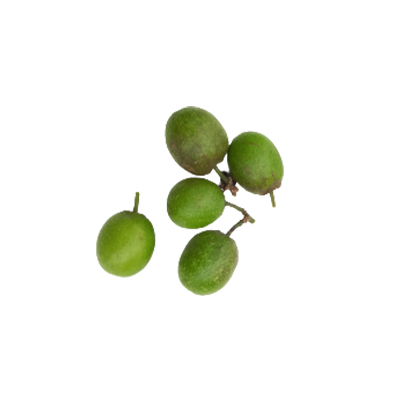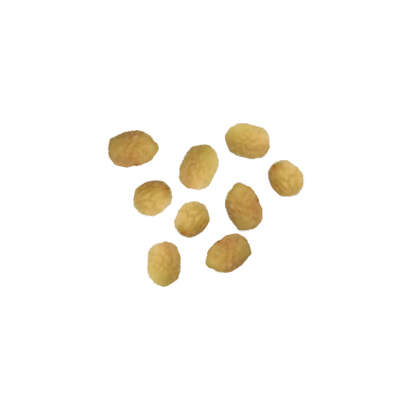Christ's Thorn
Ziziphus spina-christi (L.) Desf.
Rhamnaceae
Location in our garden
Principal
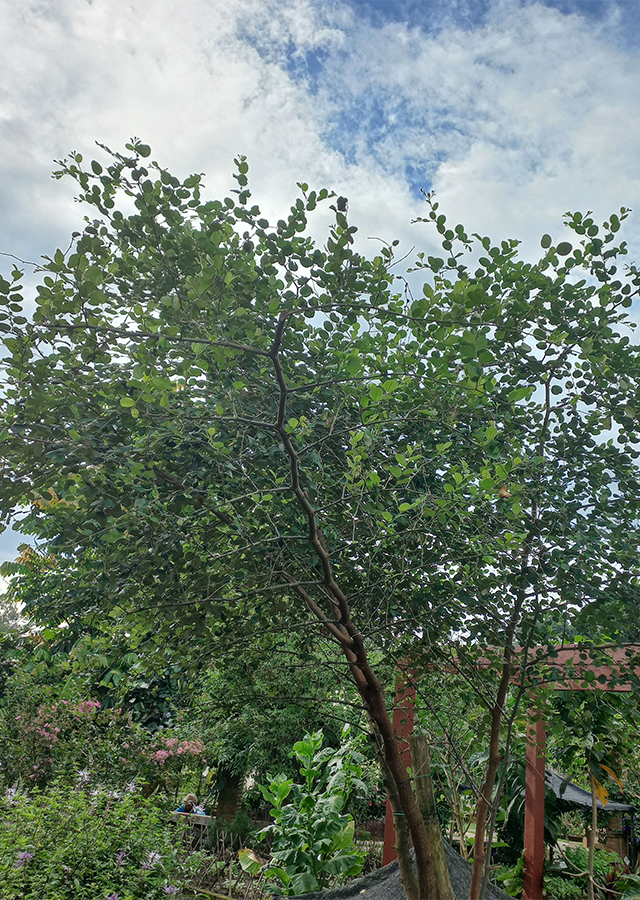
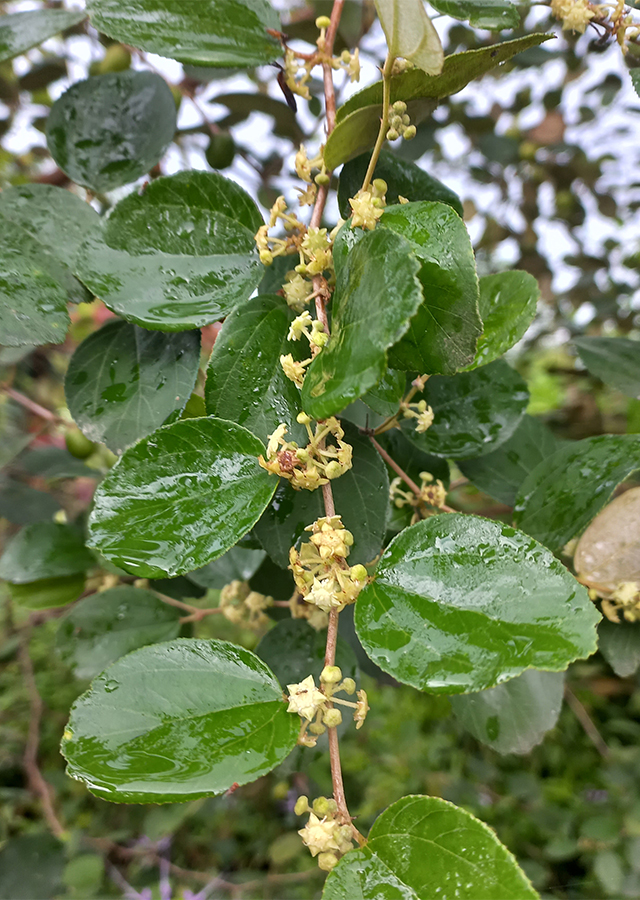
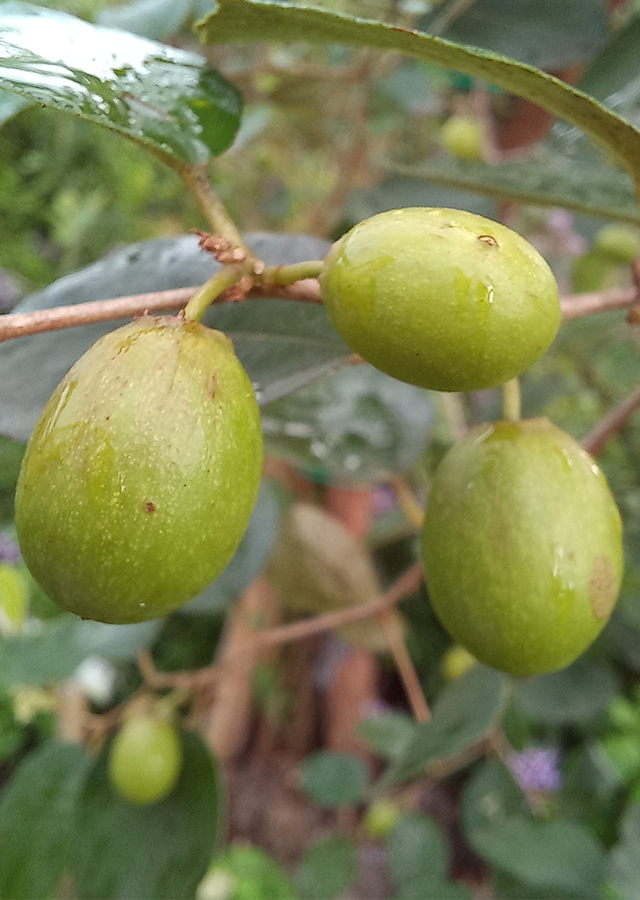
Synonym
Ziziphus napeca Lam.
Rhamnus spina-christi L.
Girtanneria spina-christi (L.) Neck.
Habitus
Shrubs. An evergreen shrub or tree that starts branching low down on the bole and forms a thick, tangled crown; it can grow up to 18 m tall, but is usually considerably smaller
Part Used
Leaves
Seeds
Bark
Fruit
Roots
Growing Requirements
Full Sunshine
Drought Resistant
Habitat
Riverbanks
Shrublands
Grassland
Terrestrial
Overview
The exact native distribution of Z. spina-christi is uncertain. It is cultivated for its fruit in the oases of the Sahara, Tunisia, Algeria, Niger, E Africa, Sinai and also in Iran and N India; occasionally also in other areas such as Cuba. The plant is harvested from the wild as a local source of food, medicines and materials. It is also grown for ornamental purposes and to provide shade.
Vernacular Names
Epine du Christ (French), kurna (Arabic), serd (Iran).
Agroecology
A plant of arid and semi-arid areas in hot tropical or subtropical areas, found at elevations up to 2,400 m. It grows in areas where the mean annual rainfall is within the range 100 - 500 mm with a dry season of up to 8 - 10 months; and the mean annual temperature is 19 - 28 °C. Requires a sunny position. It prefers alluvial plains with deep soils, but it can also grow on clay where water is available and in saline soils.
Morphology
- Trunks - greyish white branches, glabrous or slightly pubescent. Stipular spines in pairs, one erect, approx. 2 cm long, the other recurved 5–8 mm long, sometimes spines absent.
- Leaves - ovate-elliptic or suborbicular, glabrous or pubscent on nerves beneath, rounded to subcordate at base, obtuse or shortly acuminate, margin entire or obsoletely crenate, 3-nerved; petiole 3–12 mm long, glabrous or puberulous.
- Flowers - subsessile, greenish yellow, sweet scented. Calyx approx. 1 mm long, keeled within, pubescent, ovate, ± acute, 5 petals spathulate; 1.25–1.5 mm long. Styles short, bifid. Disc prominently 10-lobed, glabrous, grooved. Ovary 2-locular.
- Fruits - a globose drupe, red-yellow to yellow-green with a non-separating hard stone surrounded by edible fruit pulp, 10–30 cm diameter.
Cultivation
Propagated by seeds.
Chemical Constituents
Flavonoids, saponins, polyphenols, riboflavin, tannins, sterols, triterpenoids, glycosides, essential oils (geranyl acetone, methyl hexadecanoate, methyl octadecanoate, farnesyl acetone, hexadecanol, and ethyl octadecanoate), alkaloids (ziziphine, jubanine, amphibians, and alpha terpinols).
Traditional Medicinal Uses
- A powder made from the charred thorns is used as an antidote to snake bites.
- The roots are used to treat headaches.
- The boiled leaves are applied to various surface wounds, and also have anthelminthic and antidiarrhetic properties.
- A cataplasm of young leaves is used to reduce eye inflammations.
- The fruits are used as an emollient and astringent. They are also reputed to reduce abscesses and boils.
Part Used
Reference Sources
- Fern, Ken. Useful Tropical Plants. (2021). Zizipus spina christi. http://tropical.theferns.info/viewtropical.php?id=Ziziphus+spina-christi. 22-12-21.
- Cabi. Zizipus spina christi. https://www.cabi.org/isc/datasheet/57569. 22-12-21.



